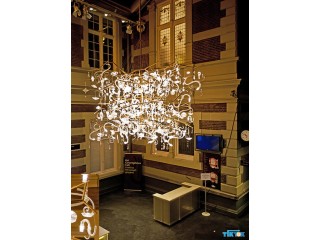How To Choose a Harmonica Private
2 years ago - Multimedia - San Antonio - 59 views -When it comes to easy playability, affordability and portability, it’s hard to beat a harmonica. Despite their modest size and cost, harmonicas are capable of producing an amazing array of tones, and this versatility is reflected in the music genres in which the mighty little mouth harp plays a part. From the more obvious categories such as blues, country, and rock to more surprising musical territory such as jazz and classical music, the harmonica with its often human-like voice easily fits in.
In this guide, we’ll look at the many types of harmonicas that are available and pinpoint those that make sense for beginners as well as harp players and other musicians looking to expand their repertoires.
Types of harmonicas
Though there are a number of specialty harmonicas, the three most common varieties fall into one of three categories based on how they are tuned: diatonic, chromatic, and tremolo harmonica. We’ll focus mainly on these while touching on a few of the less common harmonica types.
If you want to dive right in, you can browse the huge Musician’s Friend selection of all types of harmonicas here.
Diatonic harmonicas
The most common type of harmonica you’ll encounter in pop, blues and folk music—diatonic harmonicas are designed to play in a specific key. That said, overblowing and note-bending techniques plus playing in alternate “positions” makes it possible to play a diatonic in keys and modes other than its “official” key. A couple of players, Howard Levy and Carlos Del Junco, have developed an overblowing technique with which they play chromatically using a humble 10-hole diatonic harp.
Blues harp players usually perform in what’s called “cross harp” or “second position.” This involves playing a harmonica that’s tuned to a perfect fourth below the key the music’s written in. If a song is in the key of C, an F harmonica will be used. Most blues use the notes of a pentatonic scale, and playing a G-tuned harp gives you access to notes that complement the pentatonic C scale, especially on draw notes—those on which you inhale to produce those wailing “bent” notes that are a cornerstone of blues harp technique.
There are a number of other positions that skilled harp players use to mesh with other instruments and create various effects. Cupping your hands around the harp and using your tongue to block and unblock holes are some of the ways to create rhythmic chordal effects and tones. You’ll find numerous online resources as well as harmonica books and tutorials that explain these techniques in detail. We’ll make several recommendations on excellent harp tutorials below.



















